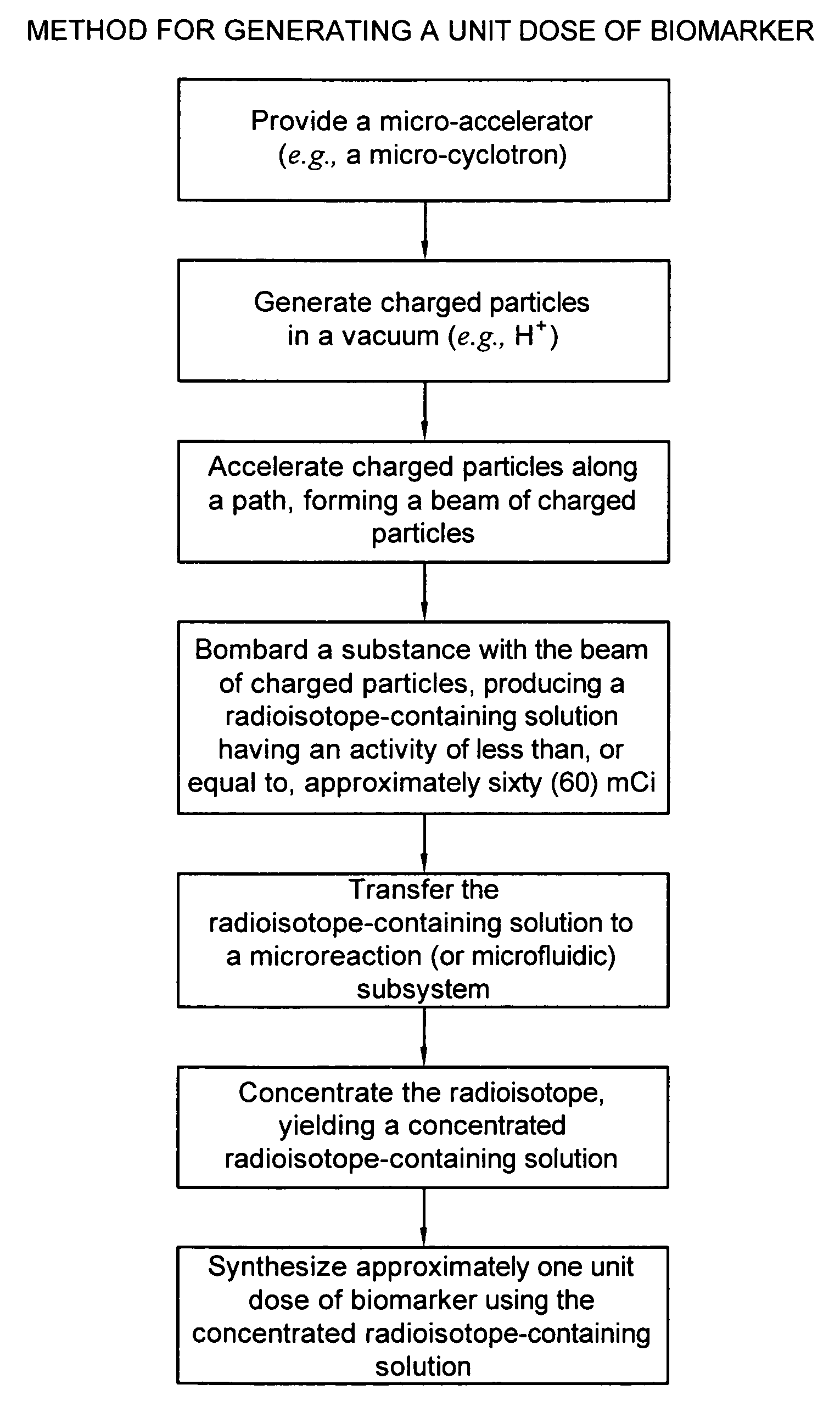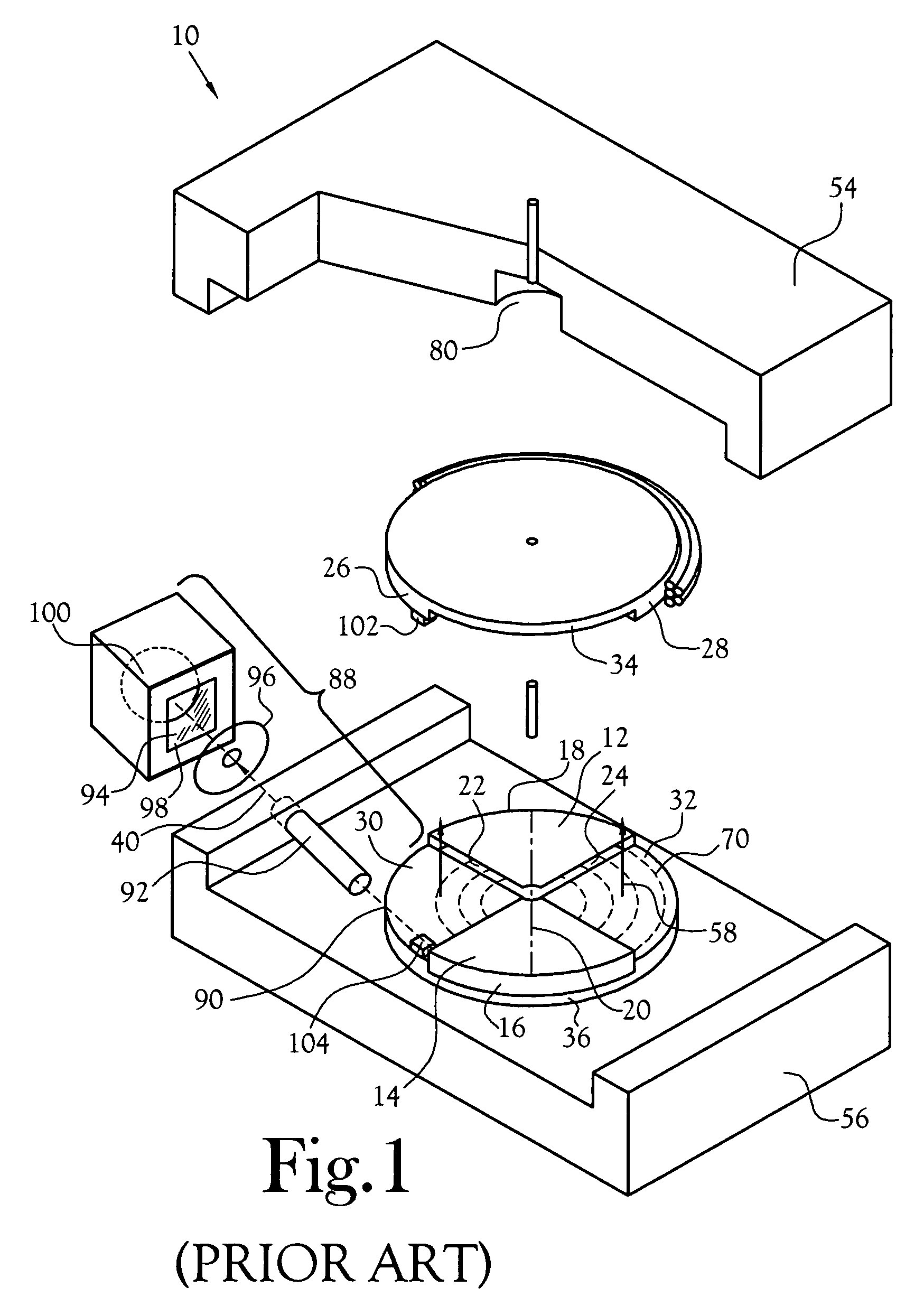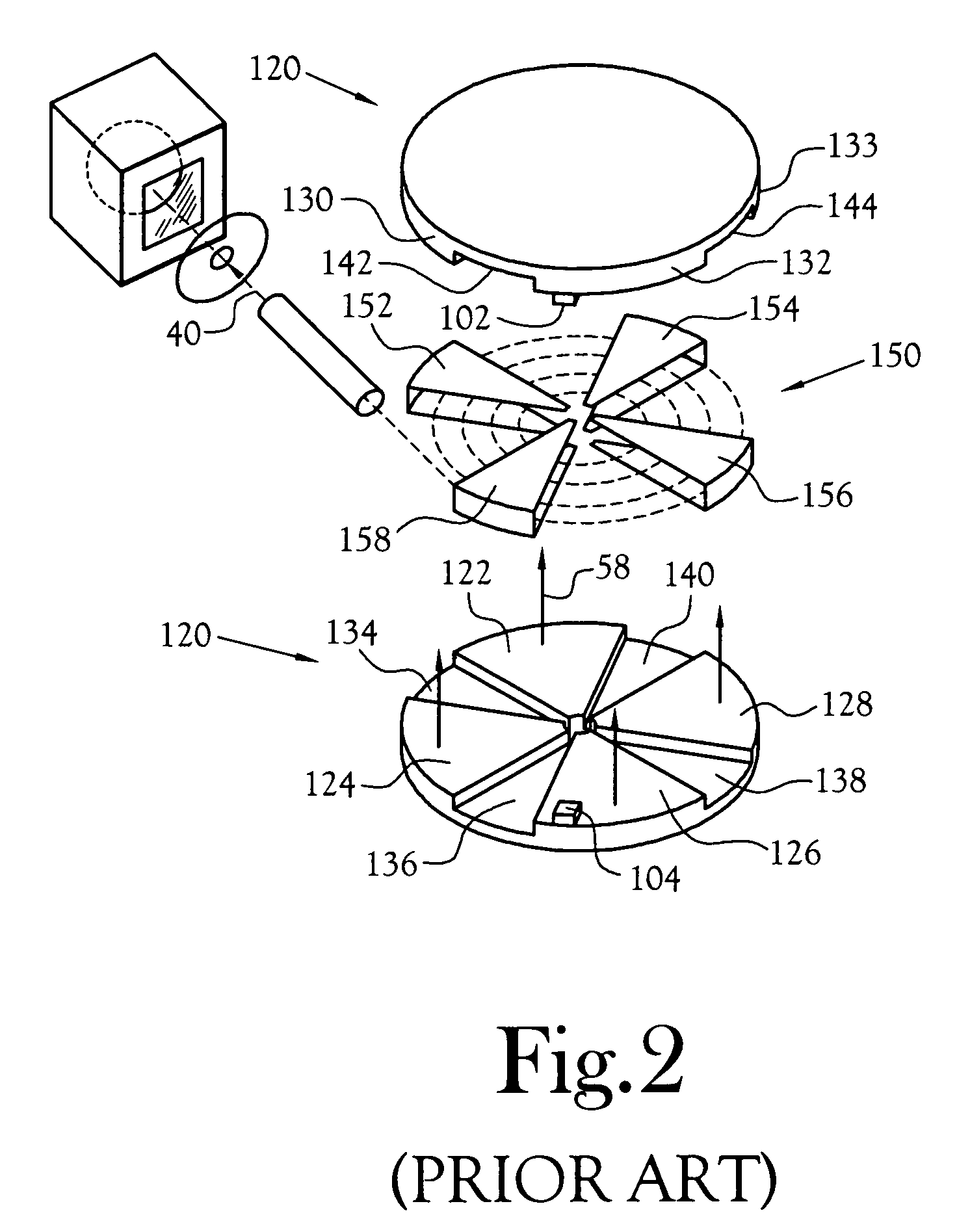Biomarker generator system
a biomarker and generator technology, applied in the field of biomarker generator systems, can solve the problems of negative-ion cyclotron, negative-ion cyclotron, inability to change the polarity of the beam with carbon foil, and enduring, so as to achieve the effect of producing a biomarker unit dose very efficiently, significantly more efficient, and higher yield
- Summary
- Abstract
- Description
- Claims
- Application Information
AI Technical Summary
Benefits of technology
Problems solved by technology
Method used
Image
Examples
Embodiment Construction
[0041]The present invention, i.e., the biomarker generator system, is described more fully hereinafter. This invention may, however, be embodied in many different forms and should not be construed as limited to the embodiments set forth herein. Rather, these embodiments are provided to ensure that this disclosure is thorough and complete, and to ensure that it fully conveys the scope of the invention to those skilled in the art.
[0042]Definitions
[0043]The terms “patient” and “subject” refer to any human or animal subject, particularly including all mammals.
[0044]The term “radiochemical” is intended to encompass any organic or inorganic compound comprising a covalently-attached radioisotope (e.g., 2-deoxy-2-[18F]fluoro-D-glucose ([18F]FDG)), any inorganic radioactive ionic solution (e.g., Na[18F]F ionic solution), or any radioactive gas (e.g., [11C]CO2), particularly including radioactive molecular imaging probes intended for administration to a patient or subject (e.g., by inhalation...
PUM
 Login to View More
Login to View More Abstract
Description
Claims
Application Information
 Login to View More
Login to View More - R&D
- Intellectual Property
- Life Sciences
- Materials
- Tech Scout
- Unparalleled Data Quality
- Higher Quality Content
- 60% Fewer Hallucinations
Browse by: Latest US Patents, China's latest patents, Technical Efficacy Thesaurus, Application Domain, Technology Topic, Popular Technical Reports.
© 2025 PatSnap. All rights reserved.Legal|Privacy policy|Modern Slavery Act Transparency Statement|Sitemap|About US| Contact US: help@patsnap.com



